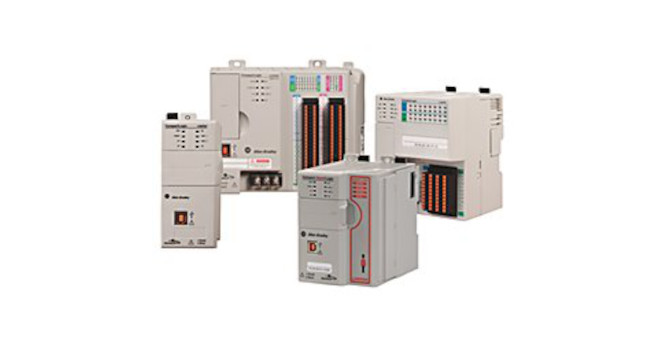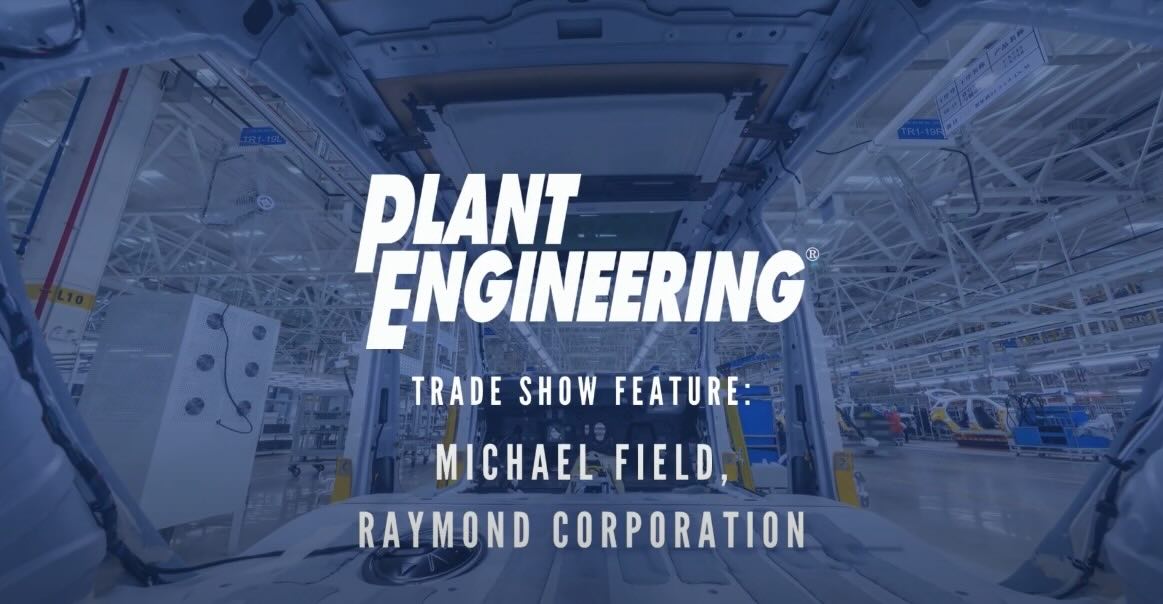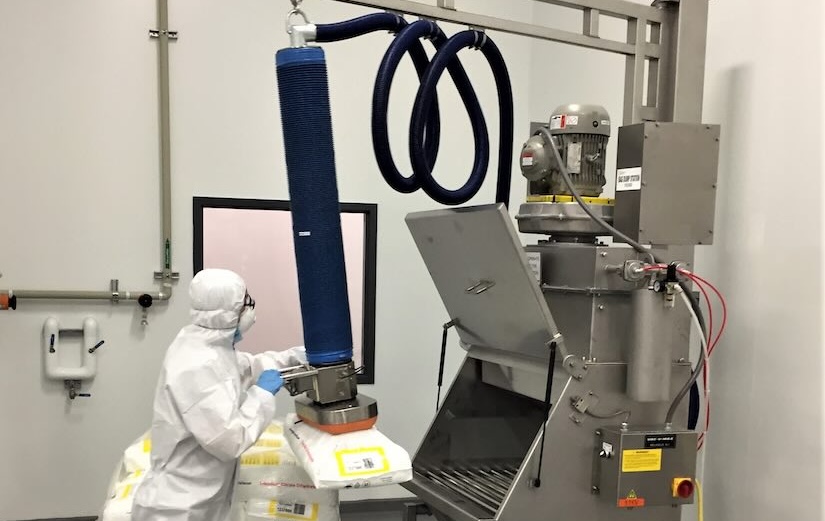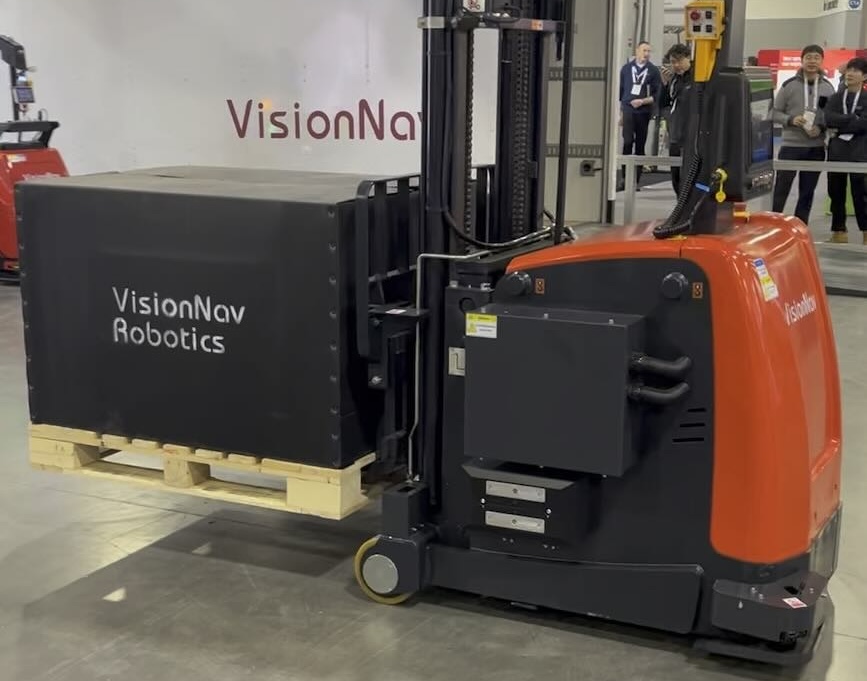For many companies, achieving a Lean distribution environment begins with reducing lead times and lot sizes while increasing flexibility to achieve consistent results. With a flexible operation in place, companies can respond to changing market needs rather than rescheduling orders and inventory within a traditional optimization plan.
For many companies, achieving a Lean distribution environment begins with reducing lead times and lot sizes while increasing flexibility to achieve consistent results. With a flexible operation in place, companies can respond to changing market needs rather than rescheduling orders and inventory within a traditional optimization plan.
Toyota, one of the original Lean success stories, created a set of seven principles to follow when striving to become Lean. Brian Cohen, chairman of the AS/RS product section of the Material Handling Institute of America, said those principles are just as relevant today as they were when Toyota originally established them some 70 years ago.
“The original Toyota principles were more of a re-arranging of the deck chairs to become more efficient,” Cohen said. “Here we are decades later and the same principles apply, but the deck chairs are already perfect and the simple processes and procedures are standard practices. Now we need the next level of ‘tools’ to become Lean, or Leaner, as the case may be.”
The tools that can take Lean distribution to the next level are horizontal and vertical carousels and vertical lift modules. “Several traditional return-on-investment factors related to carousels and VLMs lend themselves well to the idea of Lean distribution,” said Cohen. A few examples, he said: performing more work with fewer personnel; putting the correct products and processes at the appropriate locations; eliminating unnecessary material touches; and redirecting personnel to more critical activities.
Because carousels and VLMs are so efficient at helping companies achieve Lean principles, the return on investment for the equipment can be achieved rather quickly. “Companies can often find ROI results in about nine to 18 months,” said Cohen. “It’s all a matter of what the space is worth, what the labor savings are and what the facility does with the new space and labor to make more money.”
Clearly, the path to achieving Lean distribution includes the right equipment. For many companies, that equipment is carousels and VLMs. A number of companies have used the equipment to reach their Lean distribution goals.
Aerial Co.
Aerial is a $100 million family-owned business based in Marinette, WI. The company ships nationally-recognized brands of beauty products such as Paul Mitchell, Matrix and Graham Webb to nearly 10,000 salons and 48 Aerial retail stores based mostly in the Midwest. The company’s distribution center is a 95,000 square-foot facility that houses some 7,000 SKUs and ships as many as 1,200 daily orders within 24 hours of receipt.
Such an ambitious schedule could not be maintained without a recently adopted Lean distribution approach that includes an integrated system of light-directed order picking carousels, RF-directed flow-rack picking and sorting, consolidating carousels and dedicated UPS trucks stationed in the company’s yard. About 90% of the company’s orders flow through the carousels, making it a key component in the company’s Lean approach.
The company moved from picking complete orders from shelves into carts. The new approach included putting slow-to-medium movers in carousels. The move led to significantly faster pick rates. Products picked from the carousels are picked three times faster than before.
The first phase of adopting Lean practices involved changing Aerial’s existing flow rack into a two-level carousel pick module where a series of four pods of two carousels each carry the slow-to-medium movers. Aerial’s WMS system is supported by a carousel control system that is linked through a middleware package that communicates with the conveyor control system. Aerial was able to move from one operator picking a complete order to batch picking in multiple zones using a pick-and-pass methodology between carousel pods and workstations. The company averages 500 lines per store and 5,000 store lines each day.
Phase two of the project involved the configuration of two light-directed consolidation zones. The primary zone is a consolidation “put” pod of two carousels being fed by two lanes of accumulation conveyor. The second consolidation zone is a “put” flow rack consolidation area next to the carousel system. The carousels have been designed to scan the license plate for each tote as picked orders enter the consolidation area.
Then totes and boxes are combined until the order is complete. All the pick zones are completed within 45 minutes of each other for the orders to be released into consolidation.
Aerial has enjoyed the many benefits of going Lean. Among them, the company has been able to reduce the labor it needs for picking from 28 to 12 people. The 10-mile walk workers took each day to fulfill orders was eliminated, and pick rates increased threefold. When a spike in orders occurs, as is common in the beauty industry, Aerial is ready for action.
Green Mountain Coffee Roasters
Green Mountain Coffee Roasters, based in Waterbury, VT, plays a major role in the specialty coffee industry. As the company enjoyed robust growth in recent years, it became apparent that a new approach to its warehousing and distribution was in order. Lean distribution principles were at the center of the project.
The company’s first step in becoming Lean was to move out of its existing 65,000 square-foot roasting, packing, warehousing and distribution facility, and consolidate warehousing and distribution into a new 52,000 square-foot DC. Green Mountain began phase one of the project with a state-of-the-art material handling system that included two aisles of AS/RS, a pallet/flow pick-to-light case pick tunnel, case conveyor, 90-degree and 30-degree divert case sorters, split case pick-to-light, 30 workstations and a warehouse execution system (WES). The WES handles order management, inventory management, manpower optimization and system synchronization.
Each day, the WES receives a download of orders in a single batch in the morning. The WES accumulates SKU requirements and continuously downloads pick requests in order and line sequence. The system is set up to integrate full- and split-case picking. Individual full case picks are done in batches for current open orders. After picking cases, pickers place them on a conveyor, where they are then diverted in line-item integrity to any one of 20 lanes.
Anticipating growth, Green Mountain worked with its material handling system supplier to design a system with expansion in mind. The company has begun phase two of the project, which includes three aisles of AS/RS, a three-level pick tunnel with pick-to-light, an automated guided vehicle system and manufacturing material handling automation such as t-cars and robots.
The first phase of the system came in under budget and was conceptualized, designed and built seven months ahead of schedule — in less than 18 months. Green Mountain set a goal of distributing 50 million pounds of coffee per year. Thanks to the company’s Lean approach, coupled with the right material handling systems, that goal is well within reach.
Mississippi Valley STIHL
Mississippi Valley STIHL, located in Peoria, IL, is a major marketer and distributor of STIHL power equipment. The company has enjoyed rapid growth in recent years, leading to the need for a Lean distribution system.
As the company’s product lines and customer base grew, MVS found that its employees needed increasingly more time to pull orders by hand. After looking for a Lean solution to the problem, the company selected a new material handling system aimed at saving the company space and boosting production. The old system required 7,000 square feet, but the new Lean lifting system could handle the 6,000 line items in only 400 square feet, thanks to the 22-foot high, 9-foot deep, 51-inch wide machines.
With the new system, as an order is placed, it automatically moves to the lift system, where it is batched with 14 other orders or similar products. The parts are picked and sent down the line to be matched with other accessories, goods and power heads in the same order. One person can manage to pick the majority of small parts in about 16 hours, a job that used to require about 11 people and 28 hours.
An employee scans order barcodes and feeds them into the VLM. The system shifts levels to bring the needed parts to the operator, who picks them from organized compartments. After gathering the needed parts, the operator can batch 14 orders at a time. The operator then packages and prepares each order for shipping.
The key to the rapid operation is the VLM technology that uses available height to store parts in less space. The system organizes similar parts in the same trays, with slow-moving parts being stored higher than fast-moving parts. Each VLM is computer-controlled and batches similar orders quickly and efficiently. The new VLM system has allowed MVS to optimize and slim down its operation, saving employees countless hours spent walking the aisles searching for parts one order at a time.
Carousels and VLMs can play a vital role in the effort to become Lean in a distribution environment. The industries are varied and the approaches are different, but in each example, carousels and VLMs were the essential piece of equipment to get the job done.
When coupled with the right principles, the equipment can help companies not only achieve a Lean approach, but take it to the next level.



